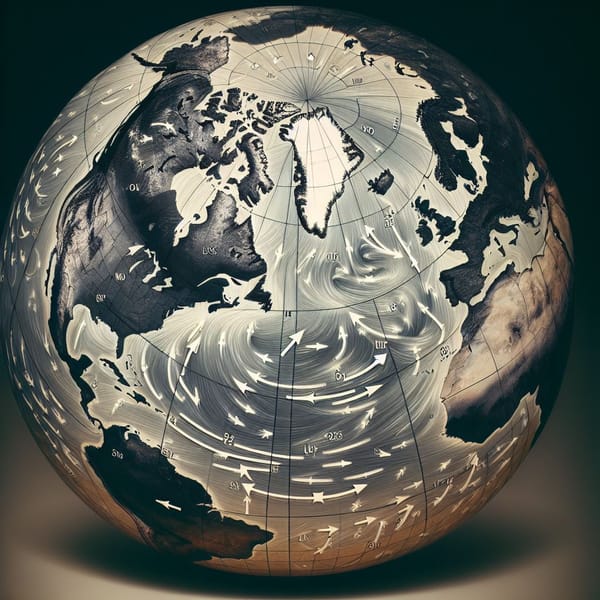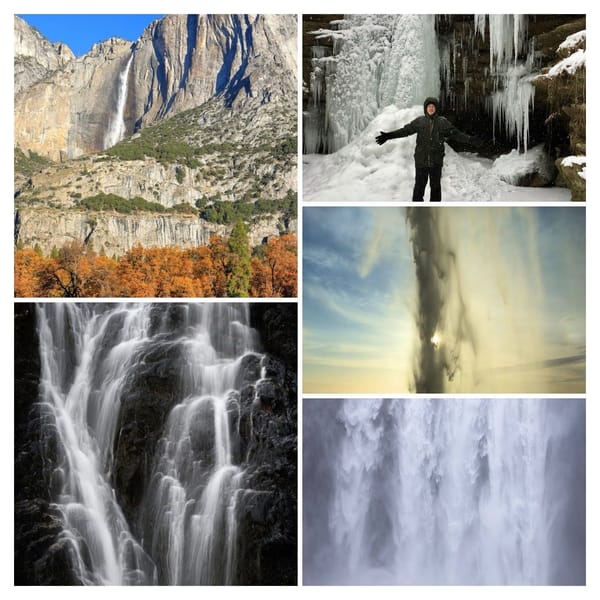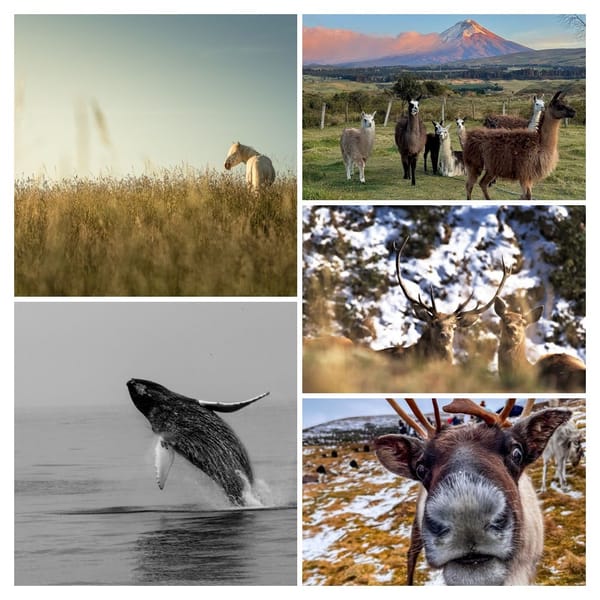Everything You Need to Know About Clouds
Our handy guide provides you with tips and hints on how to recognise clouds and what they symbolise.
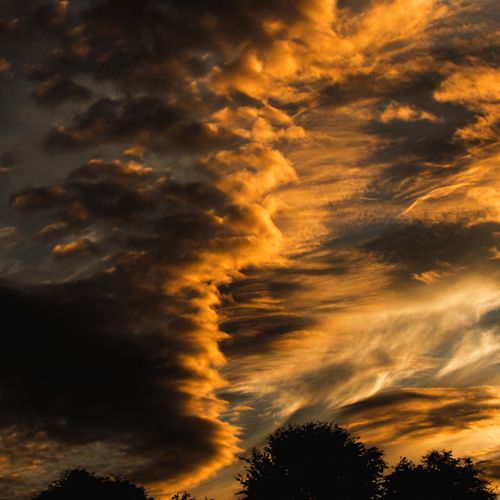
A concise explanation of clouds:
The World Meteorological Organisation International Cloud Atlas has reported that there are one hundred varieties of cloud. Although this seems extensive, each one can generally be simplified into one of three main categories and ten sub types, according to factors such as: – shape, height, and position.
Our handy guide provides you with tips and hints on how to recognise them and what they symbolise.
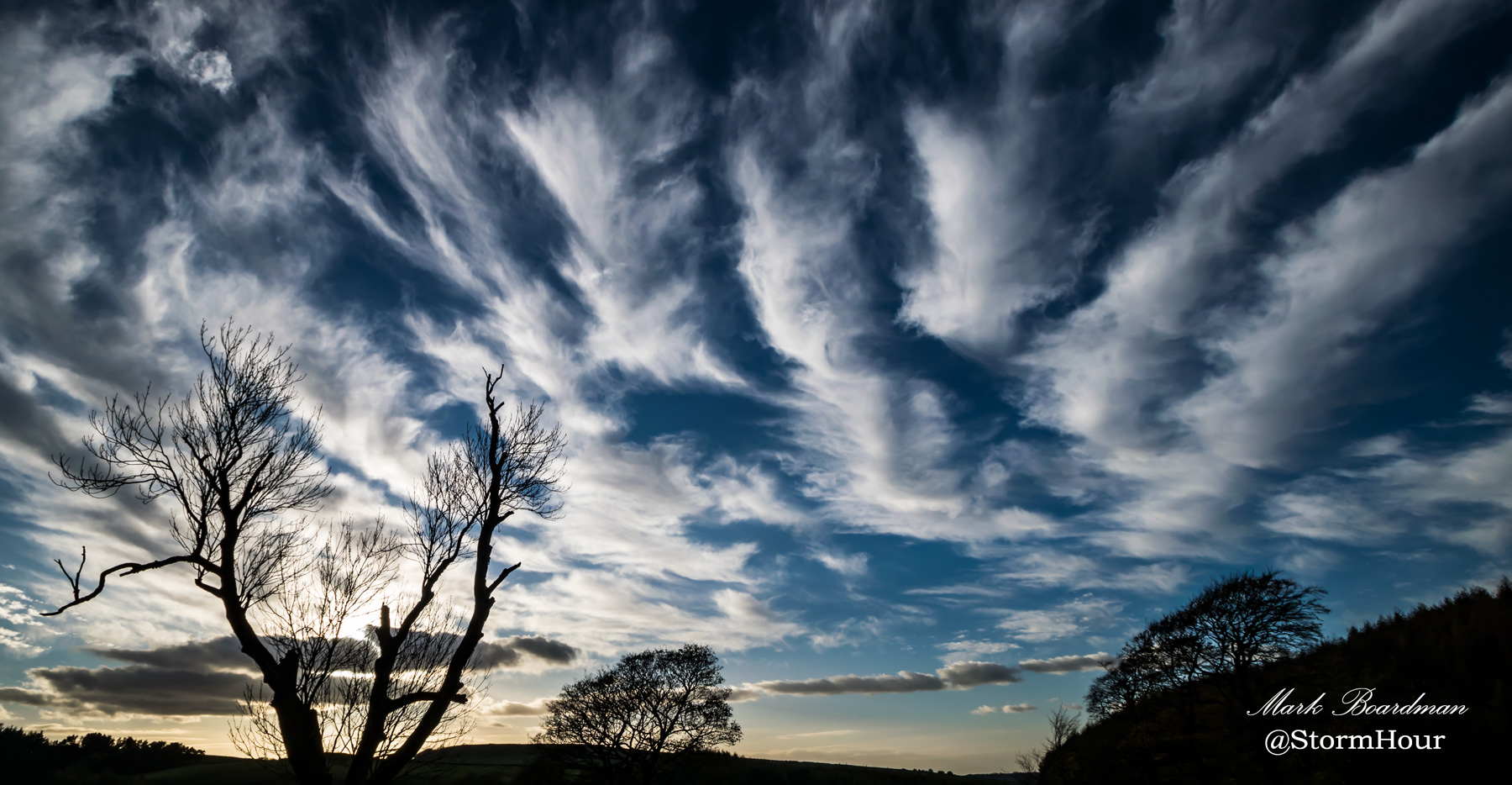
HIGH-LEVEL CLOUDS (5-13 km)
CIRRUS:
These clouds are one of the easiest to identify. As their name suggests, cirrus (Latin for ‘curl of hair’) clouds are sen as detached and wispy strands across the sky. The cirrus cloud generally appears above an altitude of 20,000ft due to the low temperatures and low water vapour that exists here.
Also known as ‘mare’s tails’, cirrus clouds are made up of ice crystals rather than water droplets. Often appearing on fair weather days, these clouds appear ahead of warm fronts or large storms such as a tropical cyclone. When appearing before sunrise and after sunset, they often appear in bright yellow or red tones, creating spectacular and rapidly changing formations in the sky.
CIRROCUMULUS:
Cirrocumulus clouds are generally arranged in rows at high altitudes. These small, patchy clouds are made up of ice crystals and the individual mounds are much smaller than both their altocumulus and stratocumulus counterparts. Cirrocumulus clouds are often a degraded state of cirrus and cirrostratus clouds and blue sky is generally visible behind.
These clouds do not remain for long intervals, so you’ll have to be quick to catch a glimpse. They are usually a feature of fair-weather days with plenty of intermittent sunshine.
CIRROSTRATUS:
The cirrostratus cloud is a whitish, transparent cloud that veils the entire sky. You will sometimes see a halo or circle of light around the sun or moon, highlighting the reflection of light on the moisture-filled air. The cirrostratus clouds are a symbol of an approaching warm front.
MID-LEVEL CLOUDS (2-7 km)
ALTOCUMULUS:
As the most common cloud of the middle atmosphere, you will easily recognise altocumulus clouds as white or grey patches scattered across the sky in rounded masses and rolls. They are often in parallel bands and can have a cotton wool appearance – in fact, they are sometimes referred to as “sheep backs”.
Typically, a feature on the warm, humid mornings of summer, the altocumulus cloud can signal an impending thunderstorm. Altocumulus clouds can also be a sign of an approaching cold front or can signal a return to cooler temperatures after a spell of significantly warmer temperatures.
The stratocumulus and altocumulus clouds are commonly mistaken for one another, and while altocumulus clouds are much higher in the sky, we’ve a handy tip for you to be able to tell the difference : Place your hand up to the sky and measure the size of the cloud against your thumb – if it fits, it’s an altocumulus. If the cloud is the size of your fist, it’s most likely to be a stratocumulus.
NIMBOSTRATUS:
These thick clouds are dark and grey, extending from both the low and middle layers of the atmosphere. Their density can block out the sun, and they are regarded as the ‘continuous rain cloud’. A feature on dark rainy days, you will sometimes see the cloud below the low level of cloud as rain or snow continues to fall across a widespread area.
ALTOSTRATUS:
These grey or blue-tinged sheets of cloud can either totally or partially cover the sky at mid-level, sometimes leaving the sun dimly visible.
Usually appearing ahead of a warm front, the altostratus can also be seen alongside cumulus cloud during a cold front. The altostratus does not produce the halo phenomenon but may on occasions, accompany light precipitation.
CUMULONIMBUS:
Regarded as a the ‘thunderstorm cloud’, the cumulonimbus cloud is generally associated with stormy weather, hail and tornadoes. The cumulonimbus cloud spans the low, middle and high layers, and is one of very few to do so.
Generally similar in appearance to cumulus clouds, the cumulonimbus will rise into huge towering peaks, generally flattened in the shame of an anvil or huge plume. The base of these clouds will usually be very dark with low ragged clouds making an appearance from time to time.
LOW-LEVEL CLOUDS (0-2 km)
CUMULUS:
The cumulus cloud is often used as the symbol of all clouds, whether as the first cloud to be drawn by school children, or through its use as an animation on weather maps. This cloud type is defined by its fluffy, bulbous top and flat base.
In sunlight, they appear brilliant white, with cauliflower-like bulges and rising mounds developing in a vertical direction. The base of the cumulus cloud is often dark.
Cumulus clouds develop as a result of the sun heating the ground directly below, using diurnal convection. Due to their appearance on mostly sunny days, they are often referred to as ‘fair weather’ cumulus or clouds. They typically appear late in the morning, grow and change, before disappearing as the day draws to a close.
STRATUS:
The stratus is generally a uniform layer of grey cloud, appearing low in the sky and resembling mist or fog on the horizon. On occasions where a stratus cloud is thick enough, drizzle or snow grains could be produced, but where thin enough, the outline of the sun may be clearly visible.
While a feature of dull overcast days, the stratus cloud can often break to reveal blue sky.
STRATOCUMULUS:
From the ground, the stratocumulus cloud can often have a honeycomb appearance due to the dark tessellations of its patchwork layers. In many ways, they can appear as if a cumulus cloud has been spread across the sky, characterised by their low, puffy grey or white cloud patches with glimpses of blue sky in between.
Formed as a result of weak convection in the atmosphere, they are a common feature of mostly bright, cloudy days.


